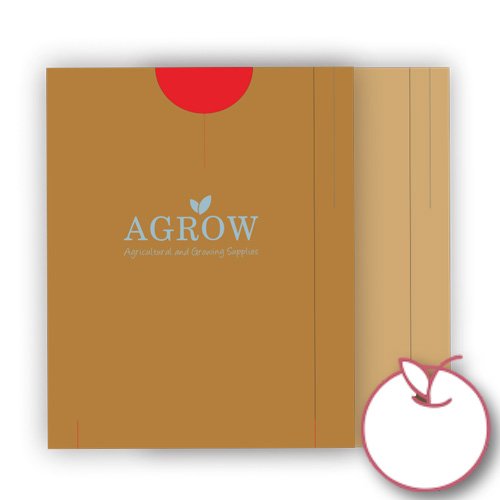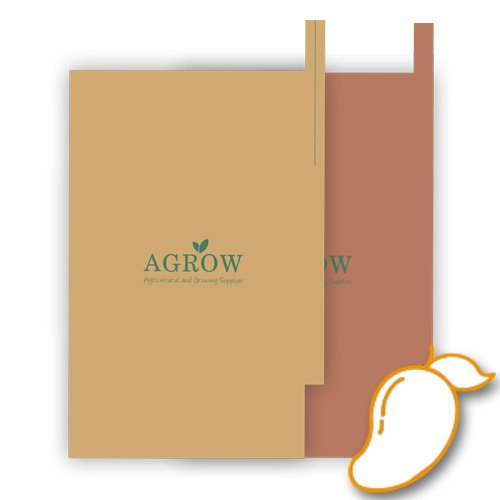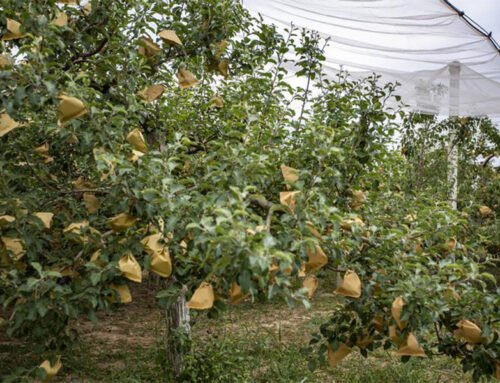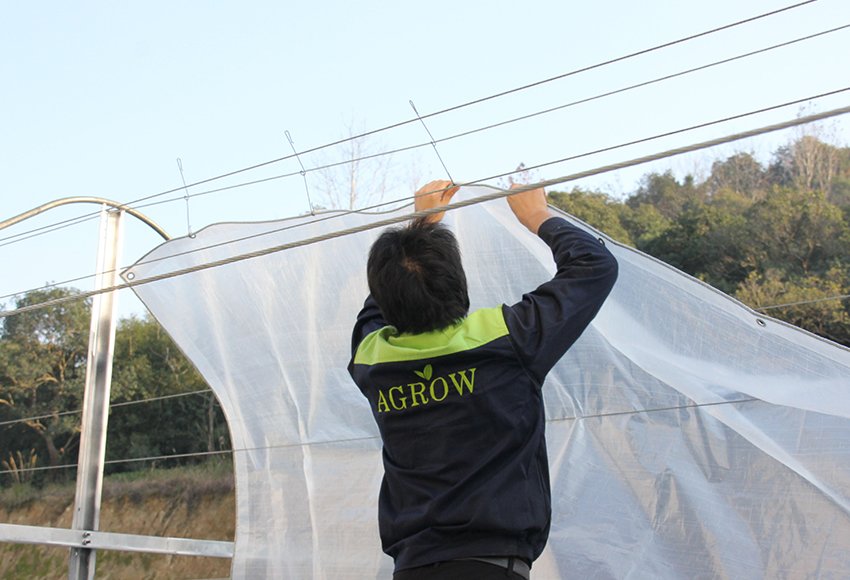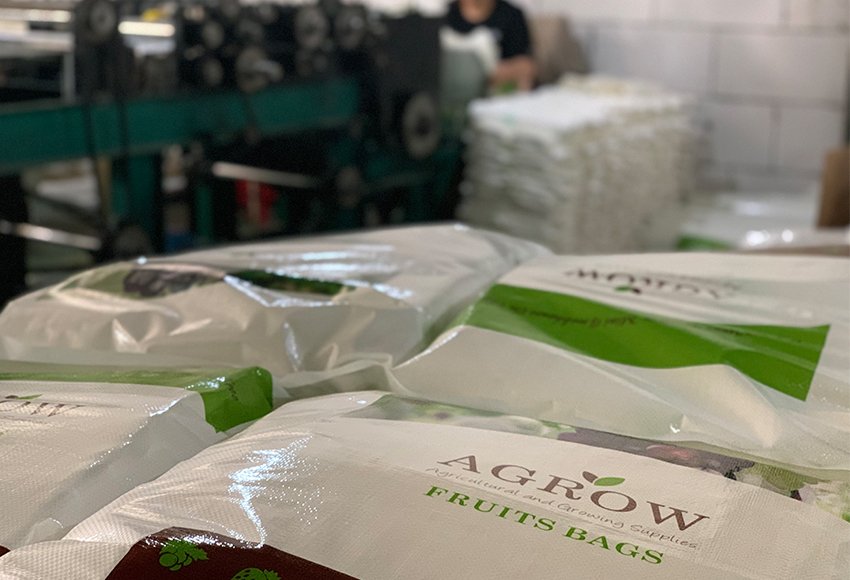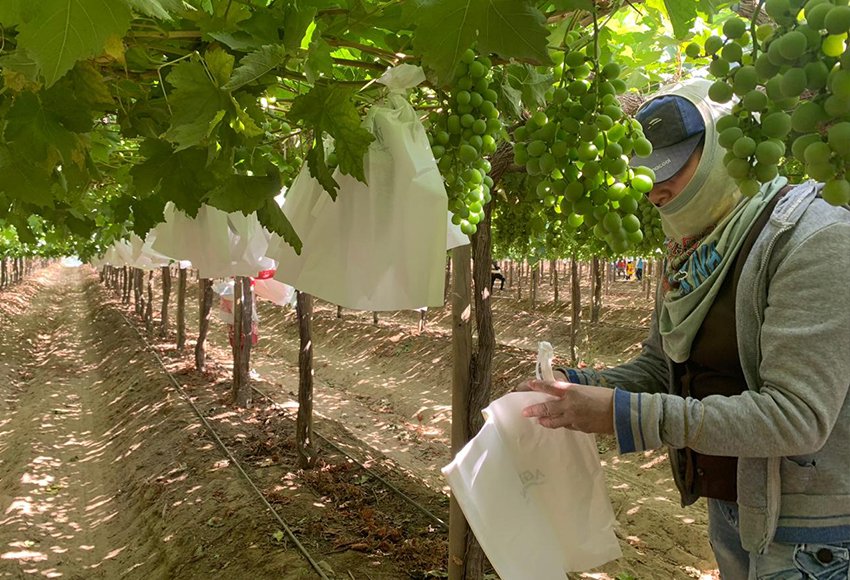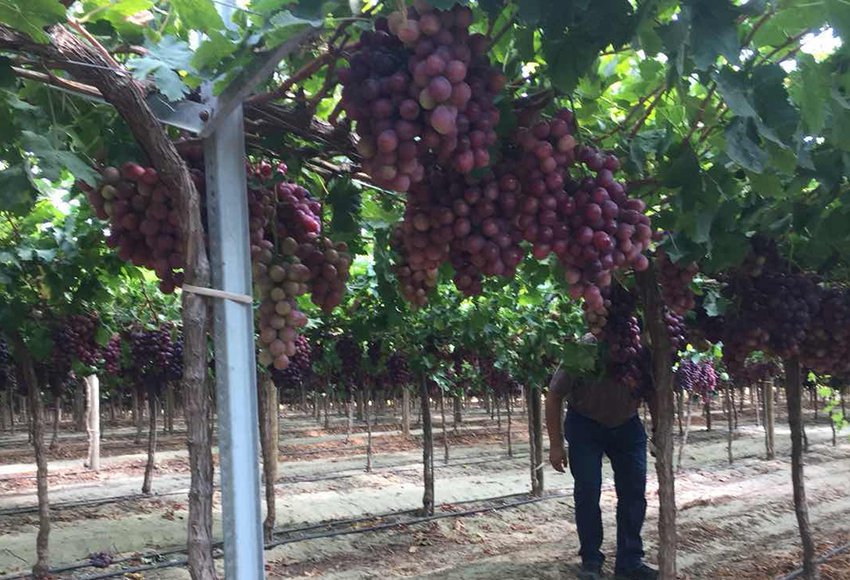The recognition and influence of fruit bagging in East Asia
Fruit bagging has been widely recognized and applied in East Asia, especially in China. Since it was introduced from Japan and other countries in the 1990s, this technology has quickly become popular throughout the country and has entered the stage of large-scale promotion. At present, China is the largest country or region in the world that uses bagging technology to produce fruits, covering a variety of fruits such as loquat, apricot, and pear.
Japan and South Korea: Due to environmental factors such as small planting areas and unstable soil environment, local fruit farmers have to take the planting of each batch of fruit seriously, so fruit bags and protective nets are popular in Japan and South Korea. Japanese farmers use these bags to achieve uniform size, color, and quality in their fruits, which is crucial for their premium fruit markets.
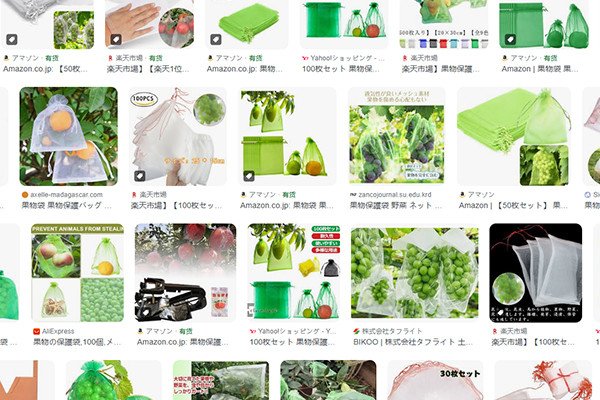
Vietnam: Vietnamese farmers also use fruit protection bags for fruits such as mangoes and dragon fruits to protect them from insects and adverse weather conditions, ensuring better yields and quality.
The main advantages of fruit bagging technology include reducing pesticide residues, improving fruit quality, reducing pest risks, and improving appearance quality. By isolating pests and dust, the surface of mature fruits is smooth and bright in color, thus improving the grade and market competitiveness of fruits. In addition, bagging technology is also of great significance to expanding the export of fruits and improving international market competitiveness.

However, although fruit bagging technology has been widely used in China, there are also some controversies and challenges. For example, the cost of bagging technology is high, and the annual expenditure on bagging technology is about 50 billion yuan. In addition, over-reliance on manual bagging is inefficient and difficult to meet the needs of large-scale production. Therefore, how to further optimize bagging technology and reduce costs has become an important research direction.
Fruit bagging cultivation has achieved remarkable results and influence in East Asia, especially in China, but it still faces the challenges of cost and technology optimization.
